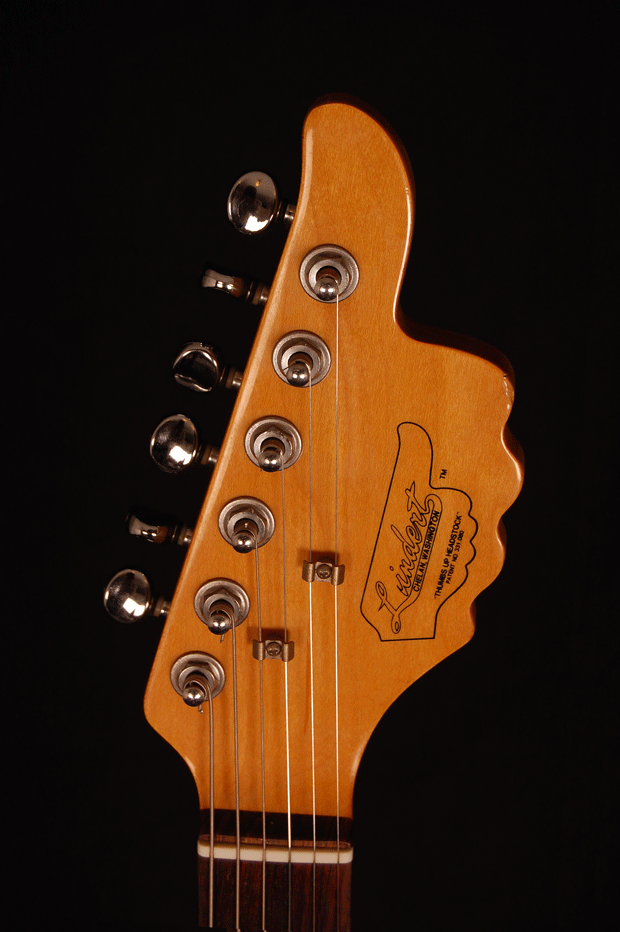Report back when you do, Jim. Curious on this myself. Latency thought as well, too; please

Will do.
Just opening it and updating the firmware.
Connected quickly/easily via WiFi.
Touch-screen reminds me of the MPC Key 61. Likely the same technology powering Headrush Prime... as it's the same parent company.
One of the more responsive touch-screens I've used (more responsive than Montage or Kronos).
Haven't had time to try the amp cloning process.
Hopefully get to that later today... as time permits.
Don't believe Headrush Prime has as much DSP power as some other higher-end processors.
With an Amp, Cab, Drive, and Reverb... CPU meter is showing ~40%.
Most likely plenty for most users... but we'll see what happens with dual amps, dual cabs, and more complex configurations.
Curious to see how amp clones hit the CPU... and if it's possible to run multiple amp clones simultaneously.
Seamless switching/spillover may be partly responsible for the higher CPU use.
Stock amp model choices are a bit spartan compared to Helix, Ax/FM, QC.
ie: There are currently no Friedman amp models.
Build quality feels robust. No cheap external power-adapter.
IMO, One area where Headrush "got it right" is File Management.
Connect via USB... and File Management is a simple matter of drag/drop.
I realize many folks are clamoring for a computer editor.
With the Easy UI and simple drag/drop File Management, I don't feel a pressing need.
Early impression:
HRP is pretty decent at Marshall JCM type crunch tones
Using stock amp/cab models, latency doesn't feel objectionable.






